The indigenous people of Dominica are the Kalinago, a resilient and hopeful community with great skill and wisdom. The Kalinago people were the first to settle in Dominica, but now members of this particular community are feeling left out, particularly as it relates to climate change discussions.
They feel as though there is not enough representation of Kalinago people in key conversations, especially ones that focus on national efforts to adapt to and mitigate the effects of climate change. The position of the Kalinago people is that climate change affects them, and as such, they should have ‘more of a say’ in the national efforts for climate adaptation and mitigation projects. According to the High Commission for Dominica in the United Kingdom,in 1903, the Kalinago Territory was created. This consisted of 3,700 acres on the east coast. It encompasses Bataca, Salybia, Concord, Crayfish River, Mahaut River, St Cyr, Sineku, and the Gaulette River.
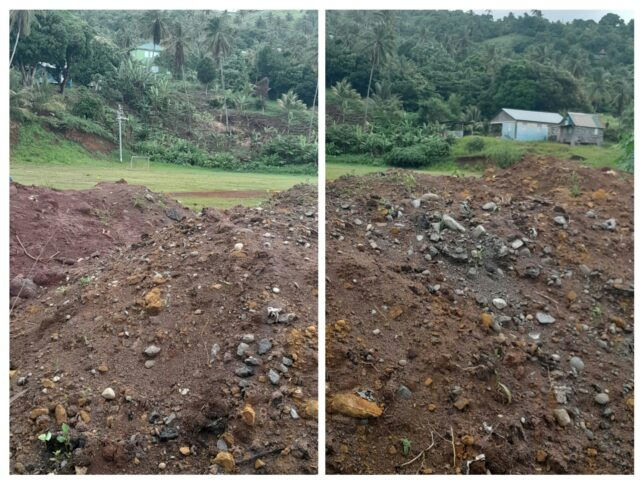
Over many years, the Kalinago people have been affected by constant erosion caused by the siltation of soil from landslides that occur in the Central Forest Reserve. This also affects their fishing and freshwater sources. Residents currently complained of polluted air and the indiscriminate dumping of soil by truckers who are conducting road works from Pond Casse, Tarish Pit, and Hatton Garden. They say that this further affects the freshwater sources.
Environmental concerns affecting Dominica’s indigenous people
One of the key environmental challenges that the Kalinago people are facing is coastal erosion. Former Kalinago Chief and Farmer, Garnet Joseph, shared that this significantly affects the community economically.
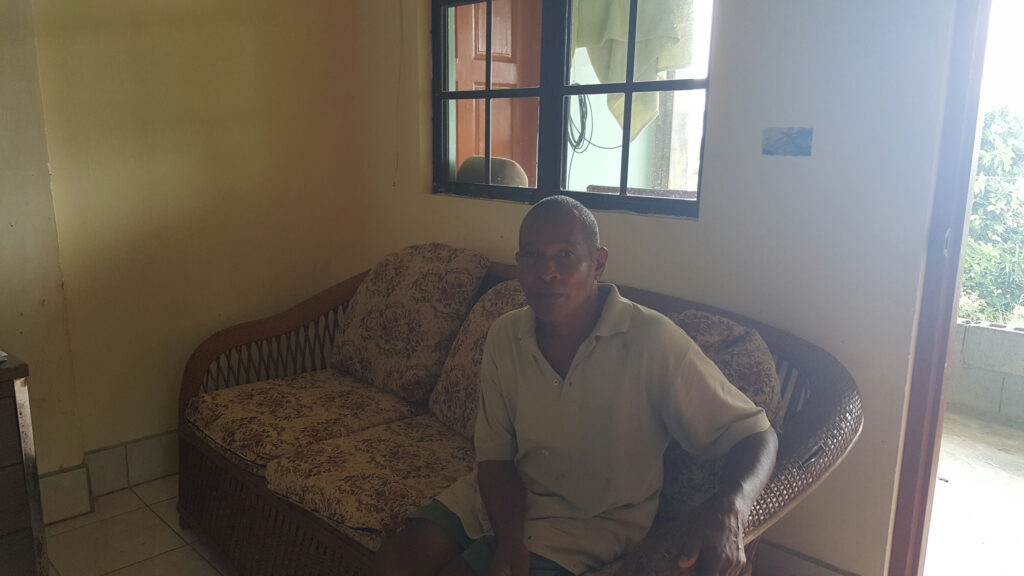
“Yes, we have coastal erosion. The coastal erosion is the major problem that is taking place in the coastal area of the territory”, said Joseph. He continued, “It is a new phenomenon right now that you have landslides taking place in the forest—something that we’ve never seen before, and it is having a very negative impact on our water quality.”
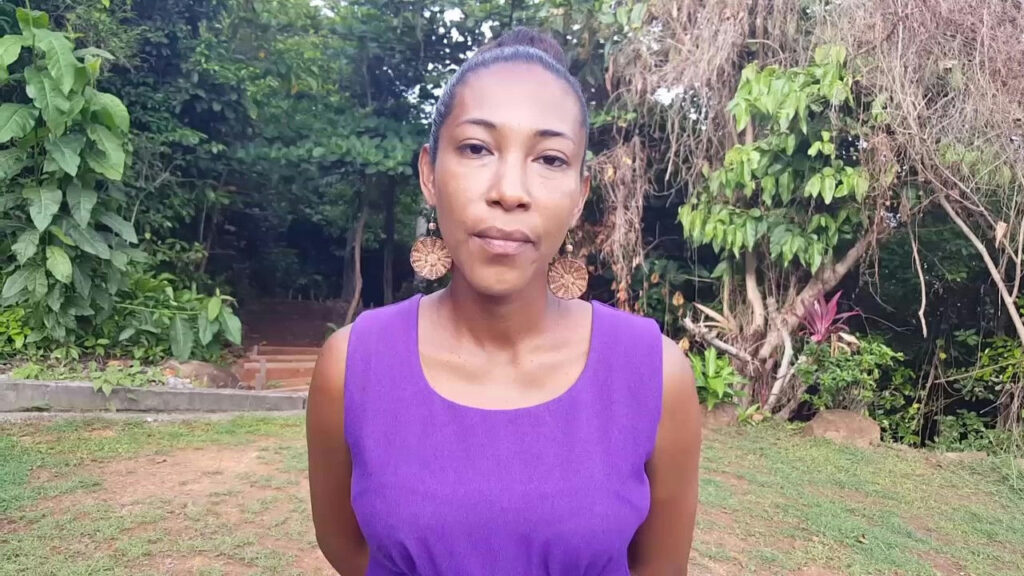
Former United Workers’ Party (UWP) senator and registered nurse, Anette Sanford, accedes with Joseph. Nurse Sanford says that her community is concerned about the encroachment on residential land and dust pollution caused by ongoing roadworks initiated by the central government is legitimate.
Sanford says that the Kalinago people are being negatively affected by the impacts the road works are having on the environment. This has led to unauthorised encroachment into residential land beyond what was initially agreed upon by government personnel and residents. Kalinago community members are being affected by air pollution as well. “We have a lot of dust issues being raised; as you know, dust can cause a lot of chronic illnesses like bronchitis,” Sanford stressed.
Meanwhile, Kalinago Development Officer, Donalson Frederick, concurs there are legitimate concerns about the environment shared among his fellow Kalinago, However, Frederick is optimistic about the development of the territory, due to the recently completed ‘Planning and analysis phase’ of the ‘EnGenDER Gender Inequality Climate Change & Disaster Risk Resilience project’ Completed in November 2021.
This is just one of the three major projects that have been completed in recent times.
Effective National Representation For The Kalinago
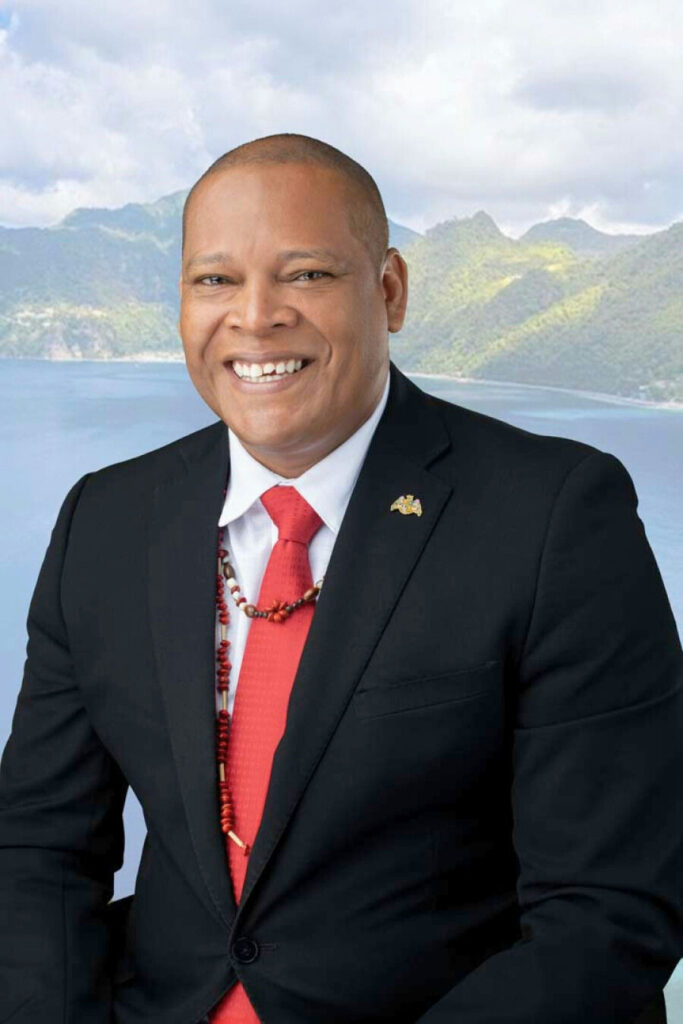
The Former Kalinago Chief laments that the environmental concerns of his people have not been properly represented on a national level, considering that Cozier Frederick, a Kalinago member, currently occupies the position of Minister of Environment and Kalinago Upliftment in Dominica. We note that some of the works led by Minister Cozier Frederick and the government have benefited the Kalinago people including housing, the provision of farming inputs, educational opportunities, and initiatives like EnGender and The India-UN Fund project.
Joseph expressed that improved national representation – with a renewed approach toward quick implementation of projects, and greater investment in the Kalinago Territory, is needed to address environmental concerns and provide a greater level of climate justice for his people. He said, “I even think we would be better placed by now, in regards to where our minister is, because he’s the one that’s in that position.”
Joseph stressed that the inclusion of the Kalinago people of Dominica and other Indigenous communities in climate change discussions is also essential for achieving climate justice. He says that their participation promotes equity, recognises their rights, preserves their cultures, and enhances climate mitigation and adaptation efforts. Donalson Frederick does not agree that representation is lacking for the Kalinago in Dominica, and highlights that compared to early days of settlement of his people, in present day, a Kalinago woman has been selected as the government’s nominee for the seat of presidency in Dominica, adding that the Minister of environment is also of Kalinago descent.
Donalson says that while he agrees more needs to be done to develop the Kalinago through faster implementation of projects. He commends the seating minister for his level of representation for the Kalinago over the past decade. Sanford is In agreement with Joseph, stating that climate justice requires the inclusion of Indigenous voices to ensure fair and sustainable solutions to the climate crisis while respecting the unique contributions and experiences of Indigenous peoples. She too, calls for more representation for her people and a greater rate of effective implementation of climate adaptation and mitigation projects from the Minister of Environment, who is also of Kalinago descent. “We really were looking forward to more representation of us, with our very own representing the environment. Since indigenous people are close to the environment,” Sanford said.
Over the last decade, some projects geared towards advancing climate action for the Kalinago people and advancing their resilience were carried out. According to the UNDP Office for Barbados and the Eastern Caribbean, the UNDP Project Office in Dominica launched a new project in the Kalinago Territory, named ‘Strengthening Sustainable Livelihoods and Resilience in the Kalinago Territory.’ This began in February 2021 and ended in June 2022. The project aimed at strengthening sustainable agricultural production and practices; designing and implementing community reforestation programmes to protect livelihoods and water catchment areas; developing a comprehensive gender-sensitive tourism strategy and Kalinago brand; and boosting the institutional capacities of the Kalinago Council for inclusive decision-making and planning.
According to UN Women Caribbean, the EnGenDER Project is funded by Global Affairs Canada and the United Kingdom Foreign, Commonwealth, and Development Office. It is led by the United Nations Development Programme (UNDP) and jointly implemented by UN Women, the World Food Programme (WFP), and the Caribbean Disaster Emergency Management Agency (CDEMA). The aim of the project is to identify and address gaps to ensure equal access to disaster risk resilience, climate change, and environmental solutions for women, men, boys, and girls in Dominica and nine beneficiary Caribbean countries. The five priority sectors selected by the National Decision-Making Mechanism for Dominica for EnGenDER are agriculture and fisheries, health, social protection, employment, and resilient infrastructure and housing.
Frederick says that Phase two of the project, which is the implementation phase, is ongoing. “The survey focused on how many kalinago make a livelihood and brought to light our many coping strategies and capabilities,” he said. The Kalinago Development Officer explained that the EnGender Project has already begun to bring some level of economic sustainability to the Kalinago community. “One of the main critical aspects that came out of that discussion was to ensure our persons are trained and are familiar with what we call woodwork and craft training.”
“The basis of the project was to look at the livelihoods of the people. So a livelihood assessment was done to analyse the gender, the dimensions of climate change, its impact, and response.” Frederick said.
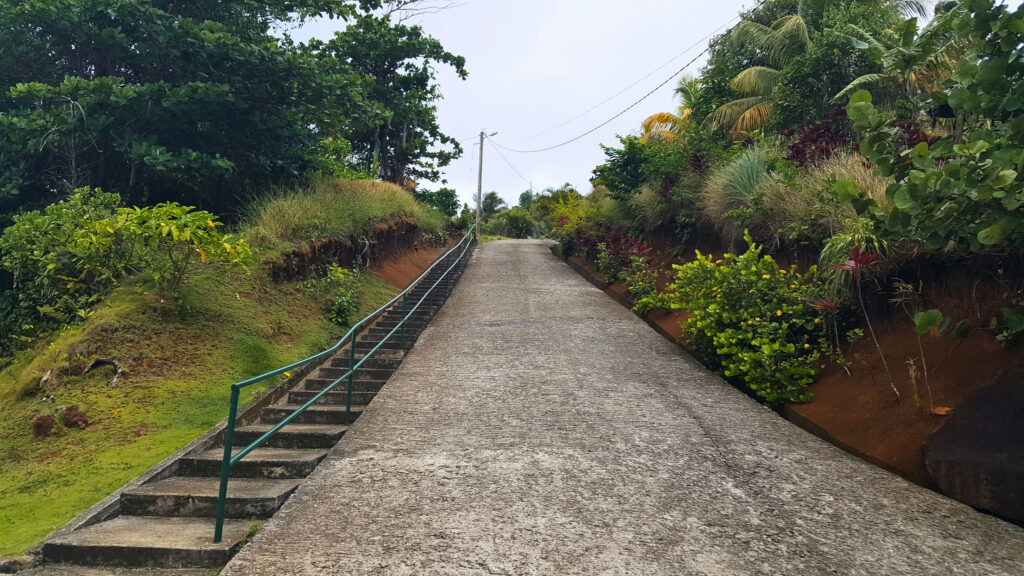
In November 2022, the government obtained financing from the Community Disaster Risk Reduction Fund (CDRRF) managed by the Caribbean Development Bank (CDB), in an amount equivalent to US$2,132,718. This went towards the cost of ‘the Building Resilience and Adaptive Capacity to Climate Change and Disaster Risk in the Kalinago Territory Project.’ The project is currently in its first phase.
Notwithstanding these positive interventions, the Kalinago people are still struggling with economic development, climate resilience, and adaptation.
Frederick calls on agencies and the central government to increase their resources and investments to focus on solutions that match the level of representation and advocacy currently being given and that will increase livelihood opportunities, economic sustainability, capacity-building initiatives, the creation of more diverse and effective youth programmes, and to ensure that every project developed takes into account the culture and traditions of the Kalinago people.
These recommendations are echoed by Sanford, who said that the government does its best to include members of the Kalinago in the planning and execution stages of projects geared towards development. However, she urged government personnel to find ways to adopt or include recommendations and suggestions that are brought up during consultations with the Kalinago Community.
She recalled one instance where this was not properly done. “A lot of the indigenous leaders in the community as the government to do the houses in a way that would reflect the indigenous people’s culture, but the government argued that the houses had to be resilient, and the only form of resilience they could come up with was to do some wall structure,” Sanford stated.
Joseph too wants to see even more inclusion of the Kalinago people at the planning stage of the developmental and climate adaptation projects led by various agencies and the central government.
While Kalinago Community has a member of its tribe functioning as an active Minister of Government and the incoming president, Sylvanie Burton, is of Kalinago descent, there is still a need for a greater level of representation and faster implementation of solutions for the environmental and economic issues raised by the Kalinago community.
Despite the much-needed and commendable investment by international agencies, regional agencies, and the central government over the past 10 years in the Kalinago community, much more financial investment and inclusive climate action projects are needed to boost economic sustainability, improve Kalinago resilience, and ensure a greater level of monitoring, rehabilitation, and protection of the territory’s natural resources.
Involving the Kalinago people and other Indigenous communities in climate change discussions aligns with the principles of climate justice. Joseph and Sanford both hold this view. They say that this ensures that climate action is guided by fairness, respects the rights and cultures of Indigenous peoples, leverages their knowledge for sustainable solutions, fosters a sense of global responsibility, and advocates for the most vulnerable communities. They say that the sooner policymakers recognise and value the contributions of Indigenous communities, the more efficient and effective mitigation and adaptation efforts will be.
This story was published by News 5 Belize with the support of the Caribbean Climate Justice Journalism Fellowship, which is a joint venture between Climate Tracker and Open Society Foundations.